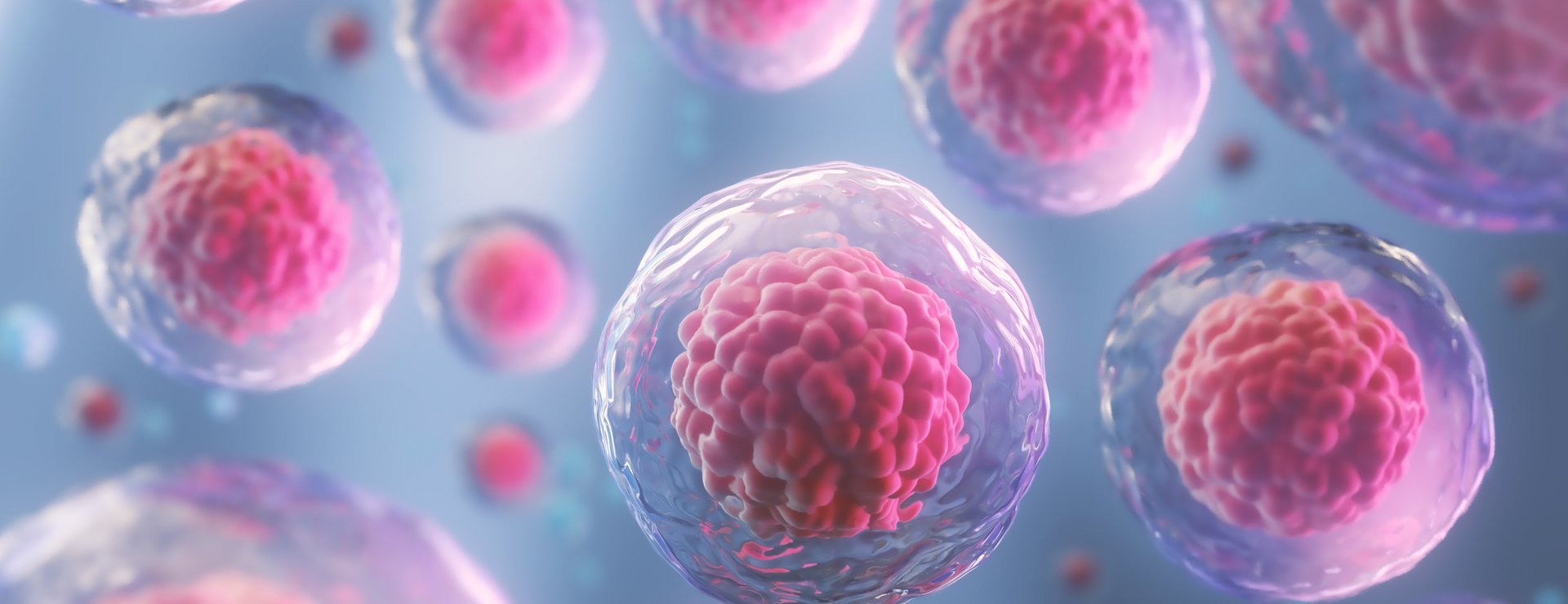
Cell-ACDC – For those about to analyze microscopy images
Even though deep learning has led to improvements, the downstream analysis of live-cell microscopy images remains a bottleneck. Recently, researchers from the Institute of Functional Epigenetics published their open-source and user-friendly software ‘Cell-ACDC’ that allows fast and accurate analysis of imaging data without prior programming skills.
Tracking single cells in real-time by live-cell microscopy has the power to visualize and monitor the perfectly coordinated subcellular processes without disturbing a cell’s natural state. It allows studying the different phases of the cell cycle or the events that occur across different cell cycles and monitoring distinct processes over multiple generations. In order to extract the biologically relevant information from the microscopy images, it is necessary to split each image into segments representing an individual cell (cell segmentation), track each cell accurately across different images, and correctly assign daughter cells to their mothers.
A live-cell microscopy imaging experiment can take hours and often involves a complicated setup. Nevertheless, the downstream analysis of the large amount of produced data is the real bottleneck. Even though the recent integration of deep learning algorithms into the analysis pipelines has led to improvements, manual verification and correction of cell segmentation, tracking, and pedigree annotation are often necessary to achieve high-quality image analysis. Moreover, more than basic programming knowledge is required for their application.
Using a community-centered approach, the research team around Francesco Padovani and Kurt Schmoller developed the open-source graphical user interface (GUI)-based software ‘Cell-ACDC’ (Cell-Analysis of the Cell Division Cycle), to provide a user-friendly, customizable, and semi-automated workflow for accurate and intuitive analysis of single-cell live microscopy images in a reasonable amount of time. “We aimed to implement an image analysis pipeline that really meets the needs of the user. Thus, we asked research groups performing single-cell live microscopy for their feedback and suggestions.”, said Kurt Schmoller, corresponding author of the publication.
Cell-ACDC combines the best tools for cell segmentation, tracking, and cell cycle annotation with a complete image analysis workflow from the processing of the raw microscopy files to quantification of the feature of interest. The first author of the work, Francesco Padovani, explains: “Our pipeline achieves what has not been possible so far. Cell-ACDC allows to visualize and correct any occurring segmentation, tracking, and annotation errors while the analysis is running. The best is that these corrections or other changes can be propagated to past and future imaging frames without the need to restart the whole analysis.”
Due to its modular backend, the Cell-ACDC pipeline can be easily adapted to various research questions and extended with other image analysis tools in the future. This makes Cell-ACDC a promising tool for standardizing live-cell imaging analysis.
Cell-ACDC is available on GitHub.
Further information:
Francesco Padovani, Benedikt Mairhörmann, Pascal Falter‐Braun, Jette Lengefeld, Kurt M. Schmoller. (2022). Segmentation, tracking and cell cycle analysis of live‐cell imaging data with Cell-ACDC. BMC Biology, 20, 174.




